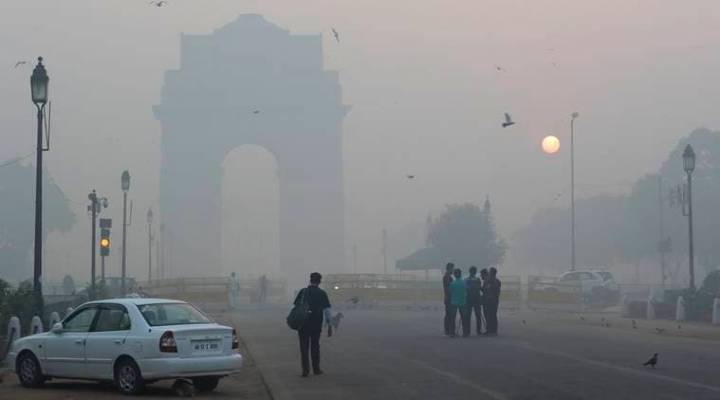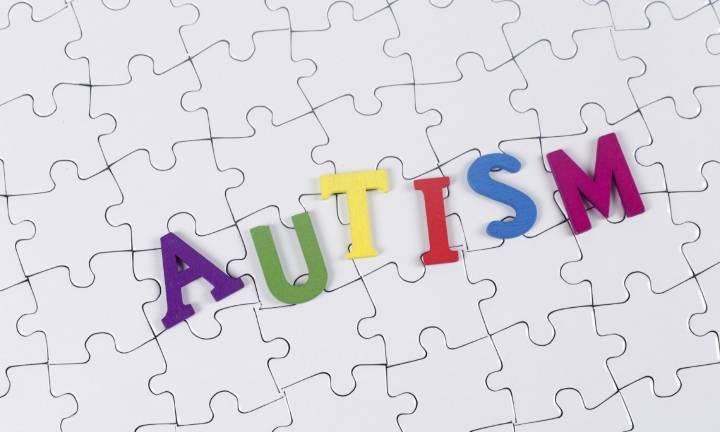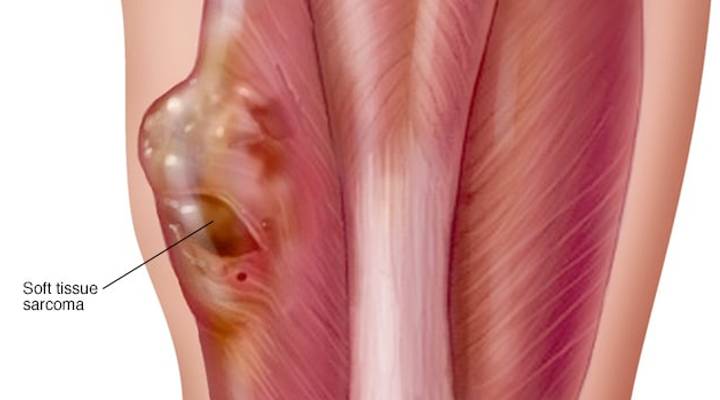World Health Day 2023: Why There’s a Greater Need to Address the Children’s Mental Health Issues in the Digital Age

The post-COVID-19 effects, a UNICEF report, and the World Health Organization (WHO) findings – all call attention to the urgent need for better awareness, prevention, and treatment of anxiety and depression among kids
Raising children is no easy feat, and any parent suggesting otherwise lies. Besides being physically draining, parenting is emotionally and intellectually demanding and often requires parents’ financial, professional, and social sacrifices. Even under the most suitable settings, children’s emotions and behaviors evolve frequently and swiftly. One moment they are happy and active; the next, they are sad and aggressive. Occasionally, they are attentive and socially amicable; sometimes, they are distracted and barely interact with others. At the outset, these seem like developmental phases. However, if shown repeatedly for years, such behaviors indicate a more serious problem in children.
The Ground Reality
Childhood and adolescence are the most sensitive and crucial stages of life for mental health. The nature of the environment they grow up in determines their development and overall well-being. Those exposed to violence, bullying, chronic neglect, poverty, or the mental illness of a parent or caregiver are most vulnerable to mental illness. Conditions like anxiety, depression, epilepsy, developmental disabilities, and behavioral disorders are significant causes of mental illness. These mental health conditions can severely restrict children from reaching their full potential without timely diagnosis and treatment. Many adults that seek mental health treatment after experiencing symptoms for a prolonged period reflect on the effect of mental illnesses on their early childhood and wish they had sought help earlier.
All these years, owing to a lack of awareness, absence of government funding, and stigma around mental illness amongst children and adults, the possibility of a mental disorder was mainly buried or overlooked. But the pandemic represented the tip of the iceberg apropos of poor mental health conditions. While some children greatly benefited from the remote learning setting, others faced a severe mental health crisis, mainly due to unpredictable routines, chaotic home environment, and anxiousness about the virus.
A report released by WHO in 2021 highlighted that globally, every 1 in 7 (14%) 10–19-year-olds undergo mental health conditions that remain unrecognized and untreated. Anxiety disorders such as excessive worry or panic attacks are the most prevalent in this age group and are commonly seen in older adolescents compared to younger ones. The report also pointed out that South Asia reported more adolescents with mental health conditions. Even before the pandemic, children and young people were experiencing mental health conditions without substantial investment in addressing them. In one of the reports of the Indian Journal of Psychiatry in 2019, it was found that approximately 50 million children in India were facing mental health issues; and 80-90% have not sought support.
So, how can this scenario change?
Addressing Mental Health Needs in Children
Tips For Parents
If you are worried about your child’s mental health, the first step is to initiate an interaction with people who engage with your child. This includes schoolteachers, tutors, activity coaches, friends, parents of your child’s friends, and daycare supervisors. This will help you better understand and compare the child’s behavior at home versus in social settings and narrate the same to a pediatrician or child psychologist. A thorough description of what you have learned from your interaction with others and observations as a parent can help the health professional assess the case and recommend remedies.
Tips for Teachers
Children look up to their teachers and often grasp skills that are demonstrated in front of them. Thus, it becomes necessary for teachers to be wary of their behavior and that of their students. If you notice drastic behavioral changes in a particular student for a prolonged time, preventing them from playing or performing routine activities, please follow school protocol, inform the parents, and seek additional support. Most importantly, with the help of parents and healthcare advisors, comprehend the child’s case history, which can help effectively handle disruptive conduct, reinforce a positive learning atmosphere, and aid in the child’s recovery by building resilience and identifying their inner strength.
Parents and teachers can collectively contribute to children’s healing and growth by normalizing conversations around mental health conditions and providing an understanding environment. A collaborative classroom is the need of the hour, which NEP also promotes. This will help reduce the stress levels of students and teachers, and parents.
Alarming Signs and Symptoms – So You Can Seek Medical Help
- Frequent mood fluctuations
- Intense irritability and recurrent tantrums
- Severe anxiousness with sweaty palms
- Complains about headaches and stomach-aches with no defined medical cause
- Constant distraction and hyperactive
- Frequent nightmares or insomnia
- Sharp decline in grades or academic struggle
- Withdrawal from activities that they used to enjoy
- Chronic fatigue
- Isolation at school and home
- Frequent fights in social settings or extreme desire to hurt others.
- Forgetfulness or difficulty in concentrating.
- Missing or avoiding school
- Persistent sadness lasting for two weeks or more.
- Impulsive and aggressive actions
- Sudden weight loss, frequent vomiting, a loss of appetite, or use of laxatives
- Suicidal thoughts or desire to engage in self-harm behaviors.
- Substance abuse
Look out for these warning signs of mental illness in children and take timely measures to prevent further deterioration of health. The start of some conditions takes place in childhood and continues in adolescence and adulthood, while the less severe ones fade away with age. If the child does not receive medical intervention and support on time, it may create risks like substance abuse, violence, or antisocial behavior. However, the child’s future can be shaped correctly with the correct diagnosis and treatment.
The Way Forward
While protective factors, like a safe home environment, compassionate school atmosphere, and positive peer relations, can help mitigate the risk of mental illnesses, external societal barriers and discrimination are stopping children from getting the support they need. Thus, the hour must integrate interventions across education, health, and social sectors and promote mental health awareness.







